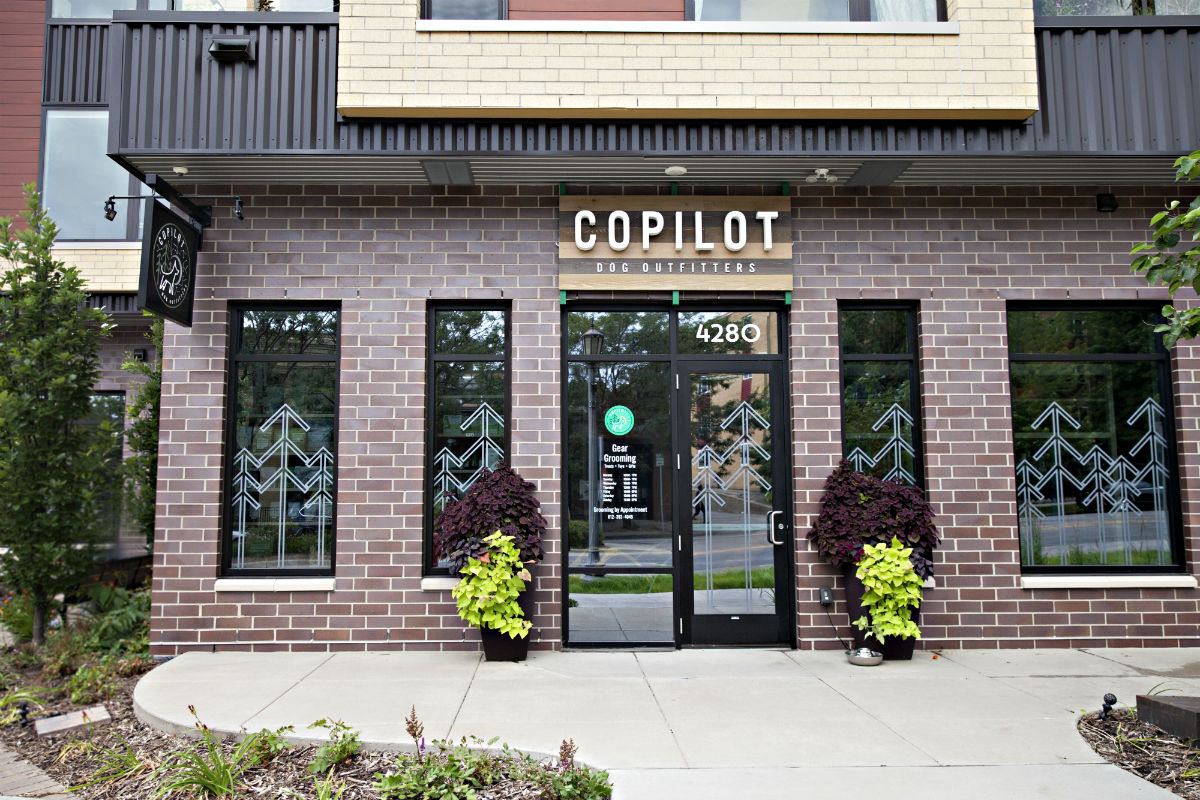At Shea, we pride ourselves on staying on top of what’s happening in design news. It helps us keep tabs on what’s fresh, inspiring, and happening in the world—and we make a few headlines of our own, too. Here are some recent articles delving into design, experience, and what’s buzzing in our community:
“In 2020, Retail is Moving Back to Main Street” – Fast Company:
A look at how mixed-use spaces represent the future of retail, as suburban malls and shopping centers start to fall into decline. Brands are increasingly entering up-and-coming neighborhoods with their brick-and-mortar storefronts in an attempt to create a community and lifestyle around their ethos, creating modern town squares where people work, eat, shop, and are entertained. It brings a thriving, buzzy feeling to neighborhoods such as the Seaport District in Boston, with many spots incorporating experiences (pop-ups, installations) as well.
“Using WELL as a Guide for Healthy Workplace Environment Design” – Work Design:
A look at the WELL Building Institute guidelines for design, and how they can be implemented to help make workplace environments more healthy—especially with cold weather, sickness, and short days bringing employees down. This piece discusses what it takes to create a WELL-certified office and be a WELL-accredited professional, as well as how to implement some of the standards (leaving room for standing desks, good lighting and temperature control, including a wellness room, and employee-driven environmental design).
“The Dark Side of Hip Office Design” – Financial Times:
The Financial Times looks into whether open offices really help with work and productivity at all—or if they’re just ripe for distractions. There’s a difference between “office buzz” and “office chaos,” and the line is thin—one which must be toed carefully in office design. This piece cites several studies showing that open offices lead to less employee collaboration and lower satisfaction, as employees are crammed into spaces together without thinking about engagement. In addition to density, agile working (the same idea at “hot desking” or “hotel desking”) makes employees feel as if they don’t have a “work home,” and can further contribute to noise pollution in the office.
“Shea to Design Earl Giles Distillery in Northeast” – Shea:
A collection of news on the Earl Giles Distillery that Shea is designing in Northeast Minneapolis.
“Why Are So Many Brands Pivoting to Coziness?” – Vox:
From Hims to Madewell to Glossier, brands are leaning into the idea of coziness in their advertising—making that notion as aspirational as the brands themselves. It’s all about self-care, “domestic cozy,” and hygge, marketing to generations that want to be comfortable and feel as if they’re in an idealistic home setting at all times. It may in part be a response to the stark minimalism of the early 2010s, with white walls and sans-Serif fonts dominating brand marketing, and may in part be a desire for comfort in times that feel increasingly unstable—people are craving warmth and comfort not only in the products themselves, but how they’re presented as lifestyle brands.
“Mind Over Budget: Tricks and Tips for Keeping Costs Under Control” – Restaurant Development + Design:
Restaurant operators spill to Restaurant Development + Design about their biggest budget concerns when it comes to construction, architecture, and interior design, and how they try to keep a handle on costs—the primary strategy being to have a good team to help manage construction and be involved in the design to imagine the concept from start to finish. This piece looks at the pros and cons of getting multiple construction bids, how to parse out subcontracting, and different methods that operators use to select design and building partners.
“Is a Restaurant Recession Coming?” – QSR:
Financial and restaurant-industry experts weigh in on when the restaurant boom will end, and how a “restaurant recession” will affect the industry. While a restaurant recession may ease rising rents and the tight labor pool, restaurateurs need to prepare for the downturn by understanding that consumers may “trade down” to fast-casual and quick-service brands—and being increasingly cautious about spending in anticipation. Since foodservice is often among the first industries to feel a recession, operators will be looking to budget carefully and may put holds on expansions and redesign plans. And the ones providing the best overall experiences will do best once the recession does hit.
“A Guide to Integrating Experiential Graphics into the Workplace” – Work Design:
Experiential graphic design—a process involving the orchestration of typography, color, imagery, form, technology, and content to create environments that communicate—is on the rise in workplaces around the world, creating visual interest as office spaces become increasingly more competitive. They can be used to give a company a unique presence and create a memorable experience for both employees and visitors, while simultaneously selling and reinforcing the brand. This piece looks at a handful of examples and offers a list of suggestions to keep in mind when implementing or selling a client on the idea of using experiential graphics to help tell their brand story.
“Shea to Design Pine Mountain Hospitality Destination in the Ozarks” – Shea:
A roundup of news announcing Shea’s partnership with the Pine Mountain team to create a tourism destination in Arkansas.
“Art Deco Resurgence” – Restaurant Development + Design:
Restaurant Development + Design looks at the recent Art Deco resurgence in restaurant spaces around the country, highlighting Prime + Proper in Detroit, Sinema Restaurant & Bar in Nashville, and Delilah in Los Angeles. Each of these spots takes Art Deco style and brings a decidedly modern spin to it—using key elements (black and white, stark materials, architectural shapes) while warming up the style, embracing its natural luxury. It’s about mixing original elements (including ones from buildings that arose during the Deco era) with new and custom ones to give a distinctly Art Deco vibe while still catering to what modern diners are looking for in design today—comfortable seating, perfect lighting, and more.
January 27, 2020
Shea Links: January

